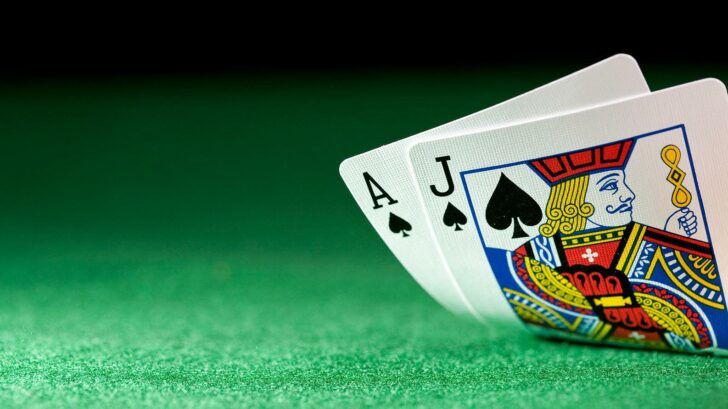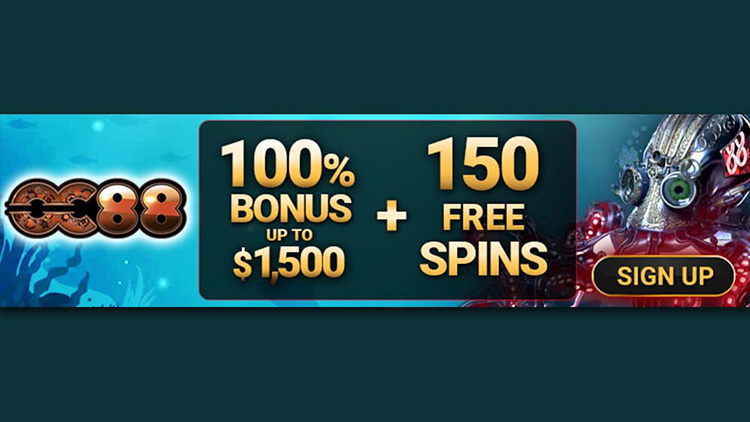4 Blackjack Tricks So Stupid Only an Expert Would Use Them

Here are four simple tips for winning at blackjack that the average blackjack player doesn’t know.
Blackjack isn’t rocket science, but it is more complicated than most basic strategy players realize. Following the conventional rules makes sense, except for those cases in which the conventional rules don’t make sense.
Here are a few examples of winning blackjack tricks that may seem counter-intuitive to the average player, but actually are the most effective way to beat the dealer. We explain in simple terms why in each of these cases, the simplest answer is not actually the best answer.
Never take insurance
Most blackjack players are tantalized by the chance to take out insurance against a dealer blackjack. When the dealer shows an Ace upcard, the player has the chance to offer half of their initial wager as a sidebet.
This is “insurance.” If the dealer does have a blackjack, the player receives a 2-1 payout on the sidebet, which offsets the wager that they lost. That’s the good side of insurance.
The bad side is that the dealer’s chances of having a blackjack (even when they have an Ace upcard) are only 4 in 13, so most of the time the player is simply wasting money.
Let’s say that you’re playing at a $50 minimum table, so insurance costs $25 per hand. You insure 13 hands over the course of the evening. According to mathematical averages, the dealer will receive a blackjack 4 times, and pay you out $200.
That’s nice, but on the other 9 hands the dealer won’t end up with a blackjack, and your insurance amounts to giving the house $225 for free (9x$25), so you are in the red for the evening. Once you do the math, you find that it’s better to take your chances the old fashioned way.
Never play single-deck blackjack
That’s nonsense, right? Everyone knows that single-deck games have the lowest house edges due to the deeper deck penetration. Conventional wisdom would agree, and a single-deck game with using Vegas Strip rules should have a house edge of only .16%
But conventional wisdom doesn’t yet know that these days, single-deck games in Vegas pay out only 6-5 on player blackjack. Many beginning players sit down at these tables anyway, thinking that single-deck is simpler, so it must be easier for the player to win.
But this minor tweak to the payout rules have serious negative consequences for the player. In fact, it’s been estimated to increase the house edge by more than 1%, and a typical single-deck game in Vegas has an overall edge of between 1.5% and 2%.
Whatever the player advantage from a higher deck penetration, it’s more than offset by the low payout. That’s why you’ll never see a blackjack strategy expert at a single-deck table.
Hit on a soft 18
Most players as a rule never hit an 18, hard or soft (or a 17 for that matter). And they aren’t entirely without reason. Most of the time you WILL win with an 18, and the bust rate on a hard 18 is 77%, so hitting simply isn’t worth the risk.
However, expert players know that there are some cases in which this doesn’t quite hold up.
For example, if the dealer has a 9, 10-value card or Ace, his chances of winning are high even if the player has an 18. So, as the player, you are faced with a dilemma.
The hard 18 is a stand, no matter what. But if it’s soft, you need to take the risk and hit in this situation. Remember that you can’t bust on a soft hand, and hitting may put you into that 19-21 sweet spot you need to beat the dealer.
Hitting on a hard 12 when the dealer shows a 2 or 3
Blackjack players are taught that when they have a “stiff hand” (a hard total between 12 and 16) and the dealer has a “bust card” as their upcard (any card between 2 and 6), the player should never hit.
The thinking is that the dealer’s chances of busting are high enough that the player shouldn’t risk busting themselves, and hitting anything 12 and above carries a bust percentage over 31%.
If the dealer upcard is a 4-6, their chance of busting out is over 40%. Considering the risk that hitting entails, the smart thing is to keep calm and ride it out.
However, the smart strategy player knows that two so-called “bust cards,” 2 and 3, are not really bust cards. The dealer’s chances of busting with one of these has upcard are only between 35% and 38%, still high, but lower than the player’s chance of winning with a hard 12.
To make it plain and simple, if the dealer has a 2 or 3 upcard and you have a 12, HIT! If the dealer’s upcard is a 4, 5 or 6, STAND!




